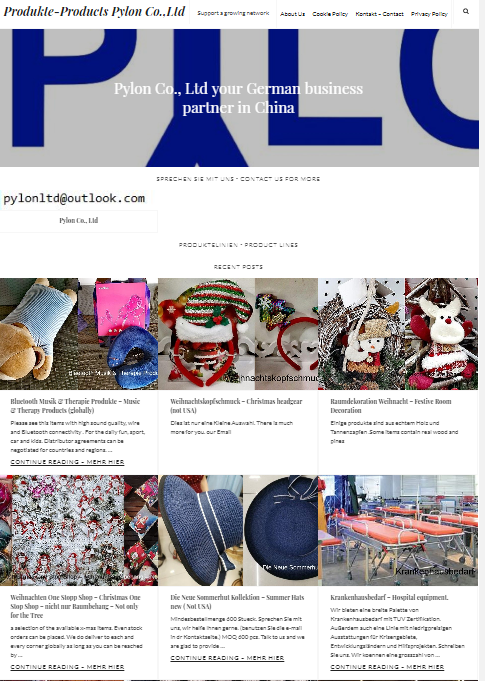Ningbo elements in special exhibition of ancient Chinese
- Details
- Category: Ningbo District
- Published: Tuesday, 10 October 2023 14:26
paintings in Ningbo
The Marine Silk Road elements of Ningbo can be found in the paintings from different eras of China at the special exhibition in Ningbo entitled “Compilation of Classics in the Flourishing Age: the exhibition of achievements in compiling collections of ancient Chinese paintings”. As a city with the culture integrating Confucianism, Buddhism, and Taoism, Ningbo has attracted many painters to depict its landscapes. Both show that the inclusiveness and openness are the main characteristics of the local art of the city.
Art communication on the Maritime Silk Road
In the volumes of “Complete Works of Painting in Song Dynasty” and “Complete Works of Painting in Yuan Dynasty”, the elements of Ningbo appear very frequently. In Tokyo, Kyoto, and Nara in Japan, as well as New York and Boston in the United States, there are a large collection of Ningbo-related Buddhist paintings from the Song and Yuan dynasties, with over a hundred included in the complete works.
These Buddhist paintings were one of the important commodities exported by Ningbo to overseas during the Song and Yuan dynasties, reflecting China’s “cultural exporter” status in the history of East Asian cultural dissemination, as well as the cultural “transit” attribute of Ningbo as a port city connecting East Asia. As one of the starting ports of the Maritime Silk Road, Ningbo Port not only transported porcelain and tea, but also paintings, which are the products of cultural and artistic exchanges. The vast quantity and widespread dissemination of Chinese paintings have also contributed to the prosperity of Ningbo Port since ancient times.
The radiation effect of Ningbo’s culture to the world is deeper and broader than expected. Buddhist paintings collected overseas were rarely known for a long time. However, since the late 19th century, with the continuous recognition of Chinese paintings in the world, remnants of silk that were previously collected in temples and museum warehouses have been discovered. Since the 20th century, research on Ningbo Buddhist paintings has continued to expand in East Asia, Europe and America, becoming one of the core issues that are highly discussed internationally.
The publication of the “compiling collections” and the holding of the special exhibition in Ningbo provide opportunities for more people to know about these paintings. And they have led to some related hot topics.
Charm of Ningbo in the paintings
In Yuan Dynasty, four long scrolls depicting the landscapes of Ningbo emerged: “Taibai Mountain” and “Danshan Mountain and Yinghai River” by Wang Meng; “Record of a Trip to the Danshan Mountain” by Gu Yuan, and “Siming Mountain Xanadu” by Qian Xuan. These pictures, along with their illustrations and postscripts, are included in the “Complete Works of Painting in Yuan Dynasty”. With the magnified and photocopied versions in high-definition, the art treasures of paintings that were previously collected only in museums are now presented to the public.
The Yuan Dynasty painters depicted the landscapes of Ningbo for good reasons. The Siming Mountain, as the ninth cave land of Taoism, has become increasingly famous, and during the Song and Yuan dynasties, it attracted many people to seek refuge and seclusion. They regarded the Siming Mountain as a “paradise”, where they could visit the mountains and rivers, enjoy a leisurely journey, and appreciate the remains of the group of immortals to gain some immortal spirit.
With the arrival of these people, there appeared more records of painting the landscapes of the Siming Mountain, and the few still visible today are representative of them, demonstrating remarkable artistic achievements. Wang Meng was one of the “Four Painting Masters of Yuan Dynasty” and also the grandson of Zhao Mengfu. In the past, only his “Taibai Mountain” was considered a masterpiece depicting the scenery of Tiantong Mountain in Ningbo. In recent years, with the advancement of expert research, his masterpiece “Danshan Mountain and Yinghai River” is considered a representative work depicting the scenery of the Siming Mountain.
The postscripts of the “Record of a Trip to the Danshan Mountain” and the “Siming Mountain Xanadu” have great literary value. The former depicted the scenery of the Liangnong Town in the late Yuan and early Ming dynasties; while the latter is equally rare for local cultural and historical research.
This is the first time for the collection and publication of the paintings into the complete works, and the exhibits are the ones with the highest definition so far for the photocopies of the paintings.
“Compiling collections of ancient Chinese paintings” collected by 12 public libraries
To some extent, the “compiling collections of ancient Chinese paintings” has opened up a panoramic view of Ningbo’s art, showcasing the natural and cultural beauty in painting.
After the Ming and Qing dynasties, the local painter team in Ningbo grew rapidly. Lv Ji and Wang E, as outstanding representatives, entered the Ming Dynasty palace and served the royal family, creating a number of flower and bird paintings and landscape paintings. More painters joined the “Zhejiang School”, a painting genre chosen by the times, and made efforts to continue the inheritance of local painting.
During the special exhibition, the published “compiling collections of ancient Chinese paintings” have been collected by 12 public libraries in Ningbo, and readers can appreciate the paintings in any one of the libraries








